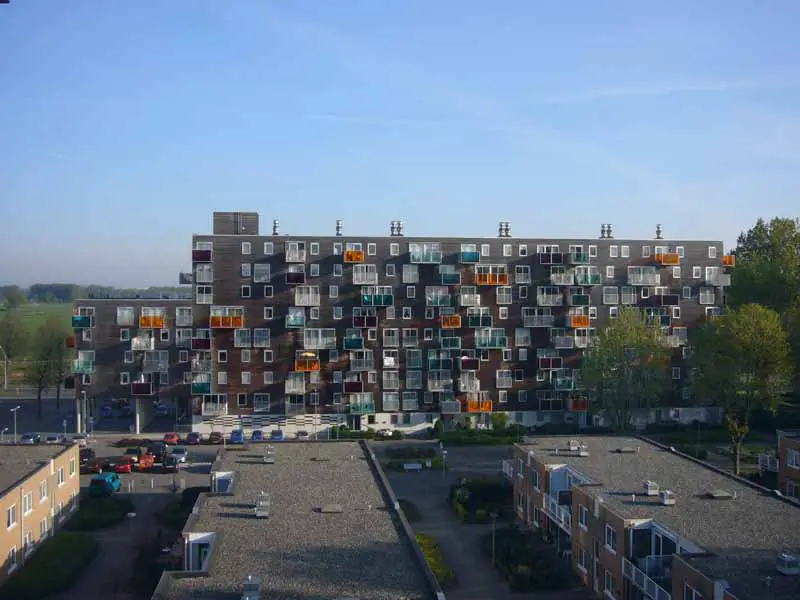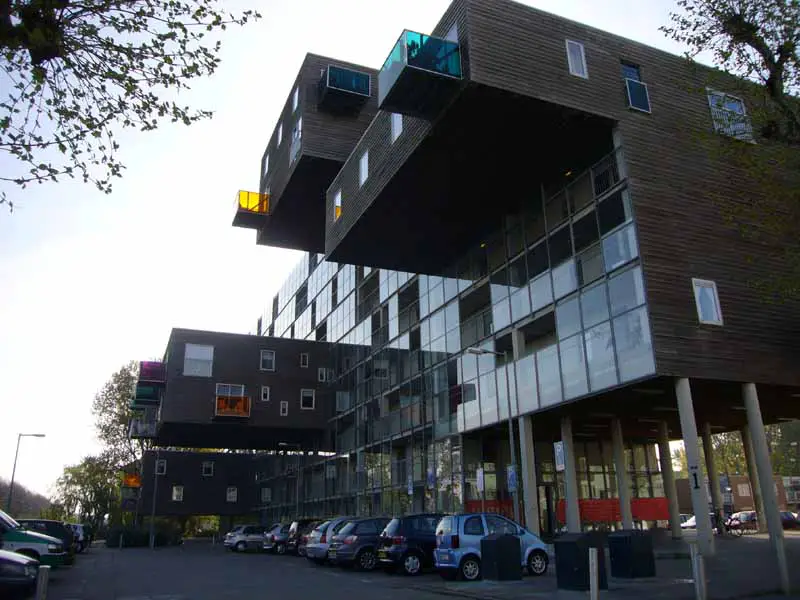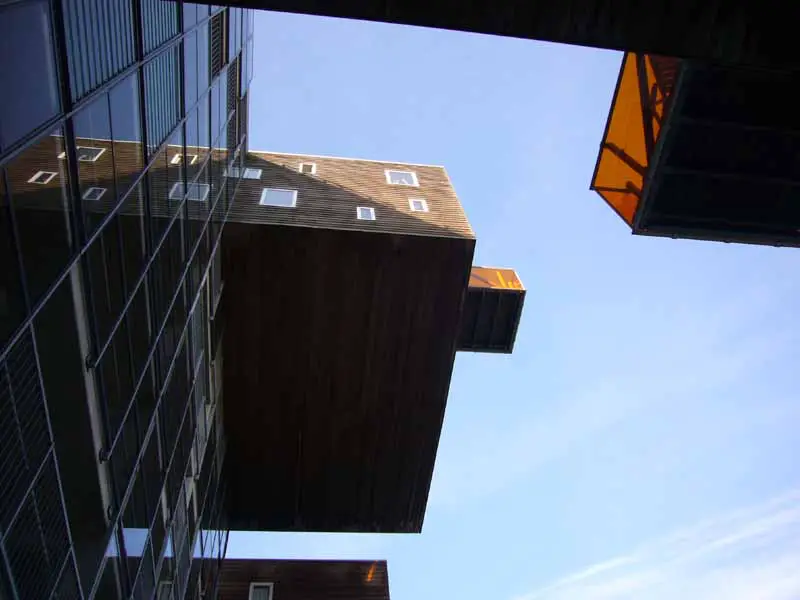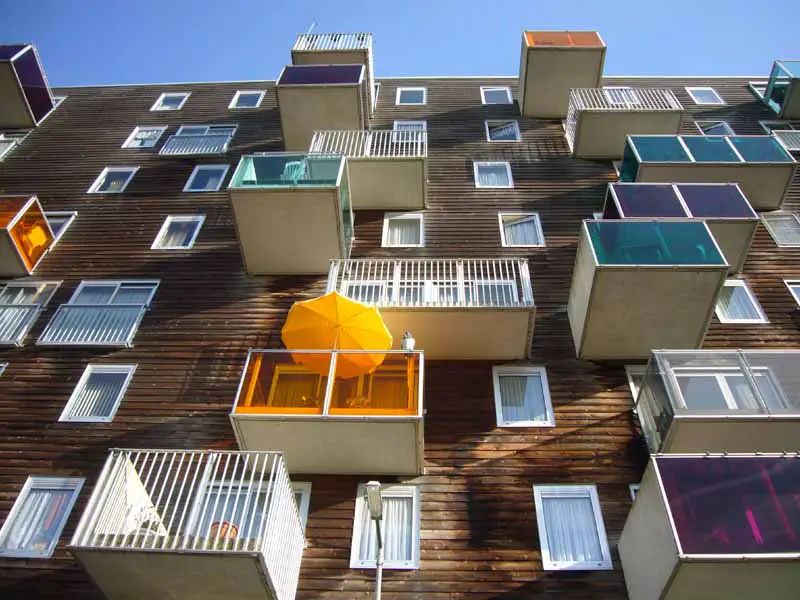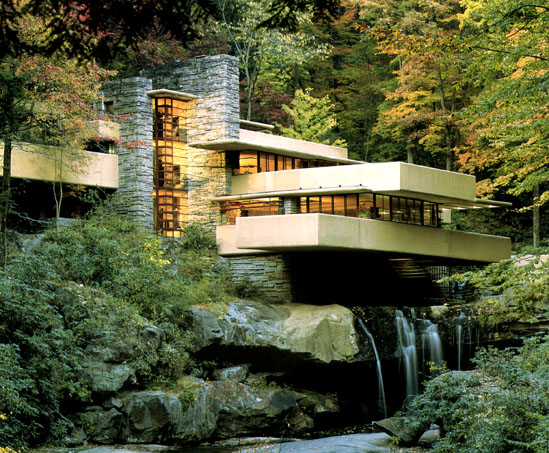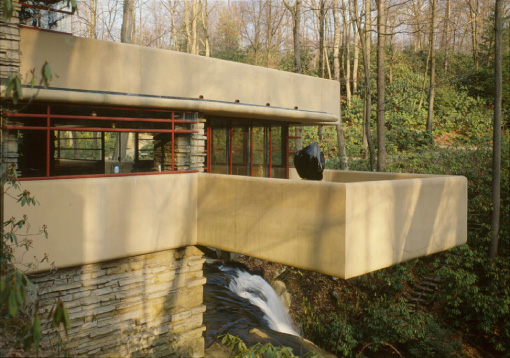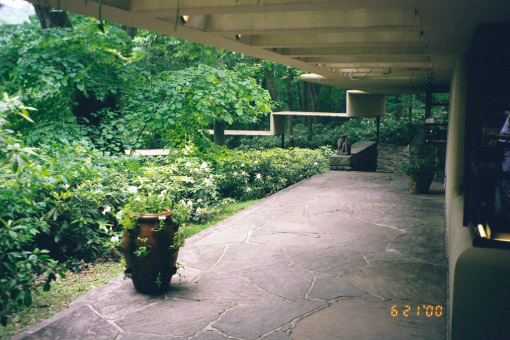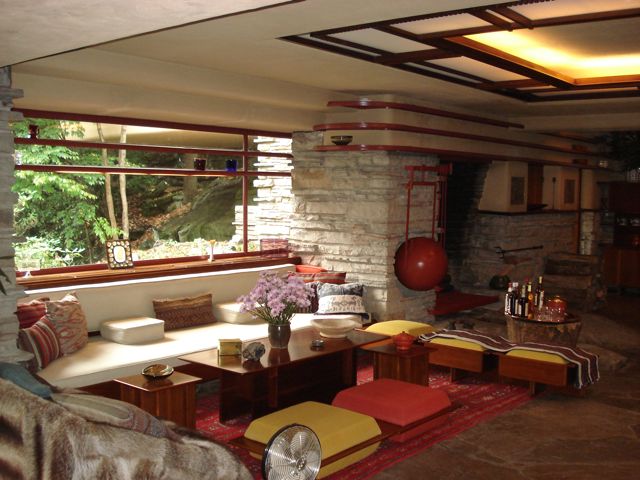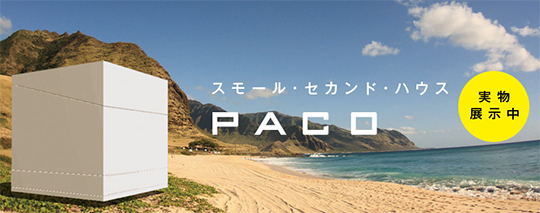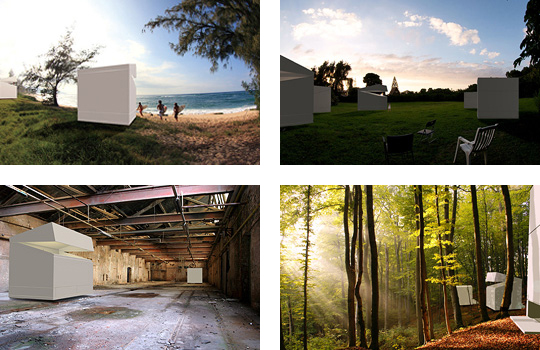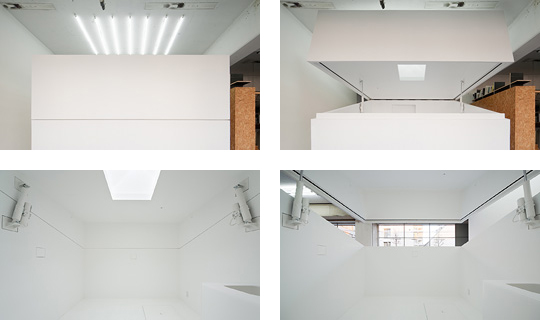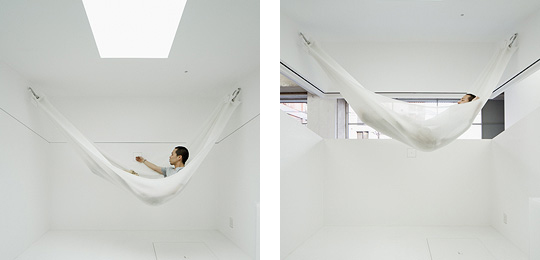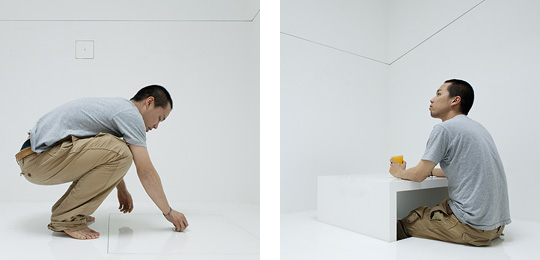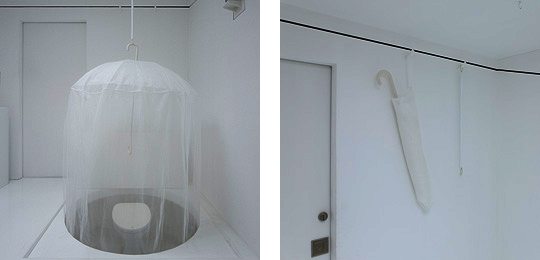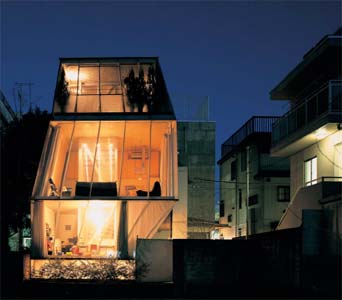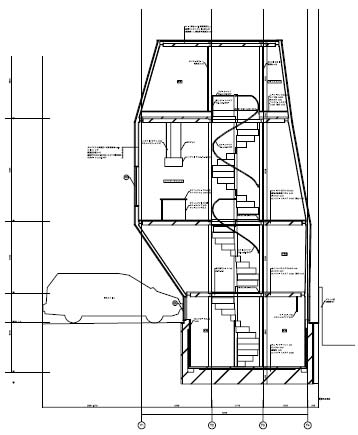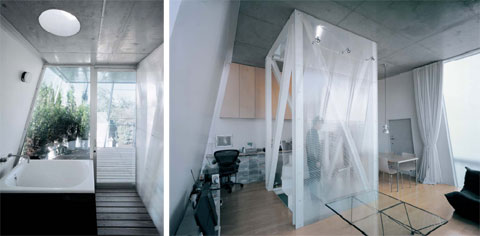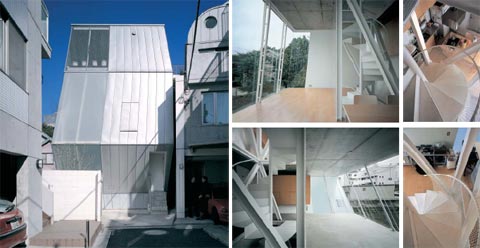
Following the precedent analysis of Netherlands architecture, this building is a continuation from the study trip. As a part of buildings from University of Dundee, this building translated directly into University Library of Utrecht, this piece of architecture is designed by Wiel Arets Architects. Surrounded by various architecture of surrounding buildings, the library stood out with its modest yet rigid exterior that translate as being a lone independent building.

The planning of the entire design of its entirety was taken up to a period of seven years, whereas the construction of the building took three years, half the amount deciding the plan of the building, which is safe to say that the building has been thoroughly prepared and planned.
.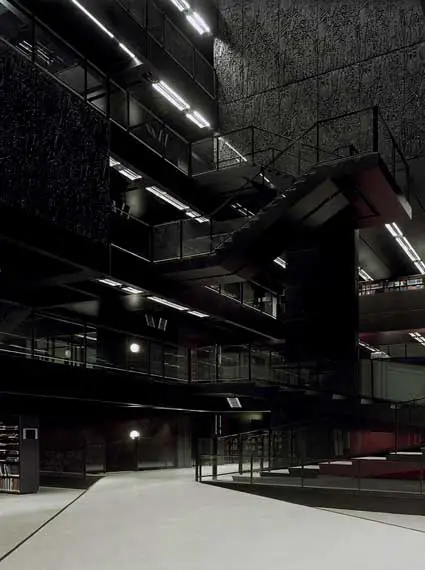
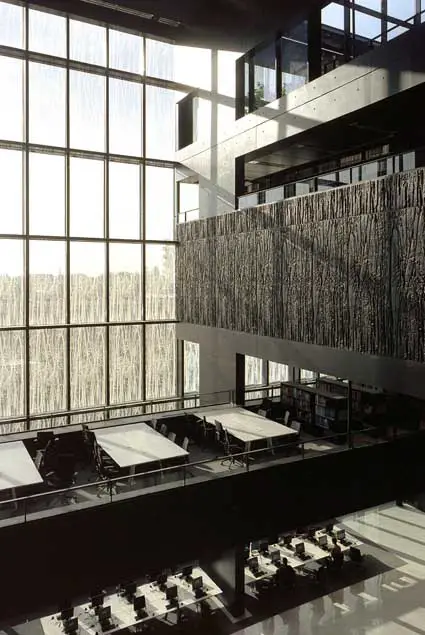
The detailing, through its seven-year long process of analysis and consideration is complimented for its utilization, together with its aesthetic value. The most intriguing part of the building lies not on its exterior but rather to its interior where every feature is meant to have its own purpose, small or big.
Elements of bamboo leaves are featured on black rectangular panels that are administered as main elements that basically create the library from its wall to its interior. The outer part of the library is cladded with these panels entirely, where one panel illustrates one floor of the building. Whilst lined up as exterior wall of the building, some of the panels at random would extruded outwards to let in natural light into the building, a feature that proved to be essential for a building with a theme color of black. Such color creates elegance and illusion of solidity, beneficial to a place where people retreat to be in a comforting environment where students can study.
On the entrance, one hollowed structure leads upwards towards a skylight on the roof. This clever feature is situated on top of the main stairs leading to the library where it is argued to be high on its level of social interactions between students to and from the inside of the library. High sound intensity would be bounced upwards to the hollowed area where it will dissipate and gradually fade on top of it, hence ensuring quiet environment inside the library area.


The detailing, through its seven-year long process of analysis and consideration is complimented for its utilization, together with its aesthetic value. The most intriguing part of the building lies not on its exterior but rather to its interior where every feature is meant to have its own purpose, small or big.
Elements of bamboo leaves are featured on black rectangular panels that are administered as main elements that basically create the library from its wall to its interior. The outer part of the library is cladded with these panels entirely, where one panel illustrates one floor of the building. Whilst lined up as exterior wall of the building, some of the panels at random would extruded outwards to let in natural light into the building, a feature that proved to be essential for a building with a theme color of black. Such color creates elegance and illusion of solidity, beneficial to a place where people retreat to be in a comforting environment where students can study.
On the entrance, one hollowed structure leads upwards towards a skylight on the roof. This clever feature is situated on top of the main stairs leading to the library where it is argued to be high on its level of social interactions between students to and from the inside of the library. High sound intensity would be bounced upwards to the hollowed area where it will dissipate and gradually fade on top of it, hence ensuring quiet environment inside the library area.
Personally, this building appeals as being an elegant exotic building. With its black color, Universiteitsbibliotheek Utrecht gives a charm that pleases visitors to simply appreciate its bold rigid design. The interior of the library seem to overpower the exterior, making an admirer to be able to truly appreciate design by only entering and walk on every levels of the library. The strong geometric elements of the interior is not being complimented by the organic design on each panel that covered the exterior of the library. Plus, the bamboo design looks like splatters of birds' poop.

